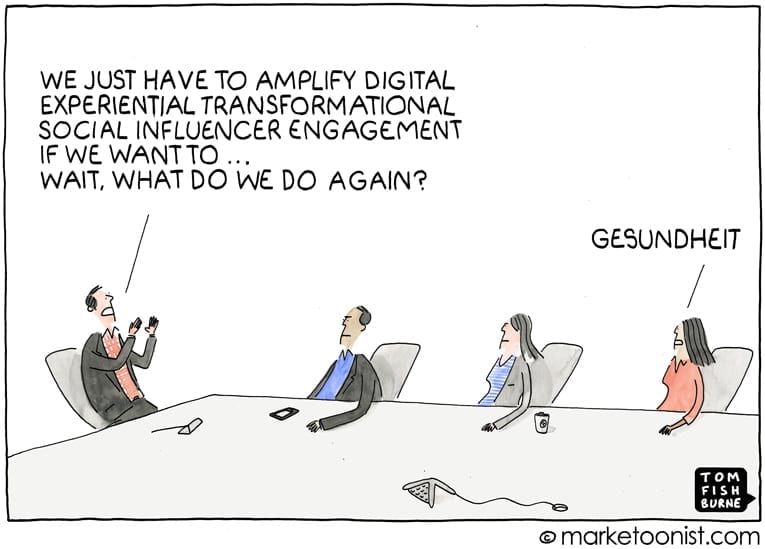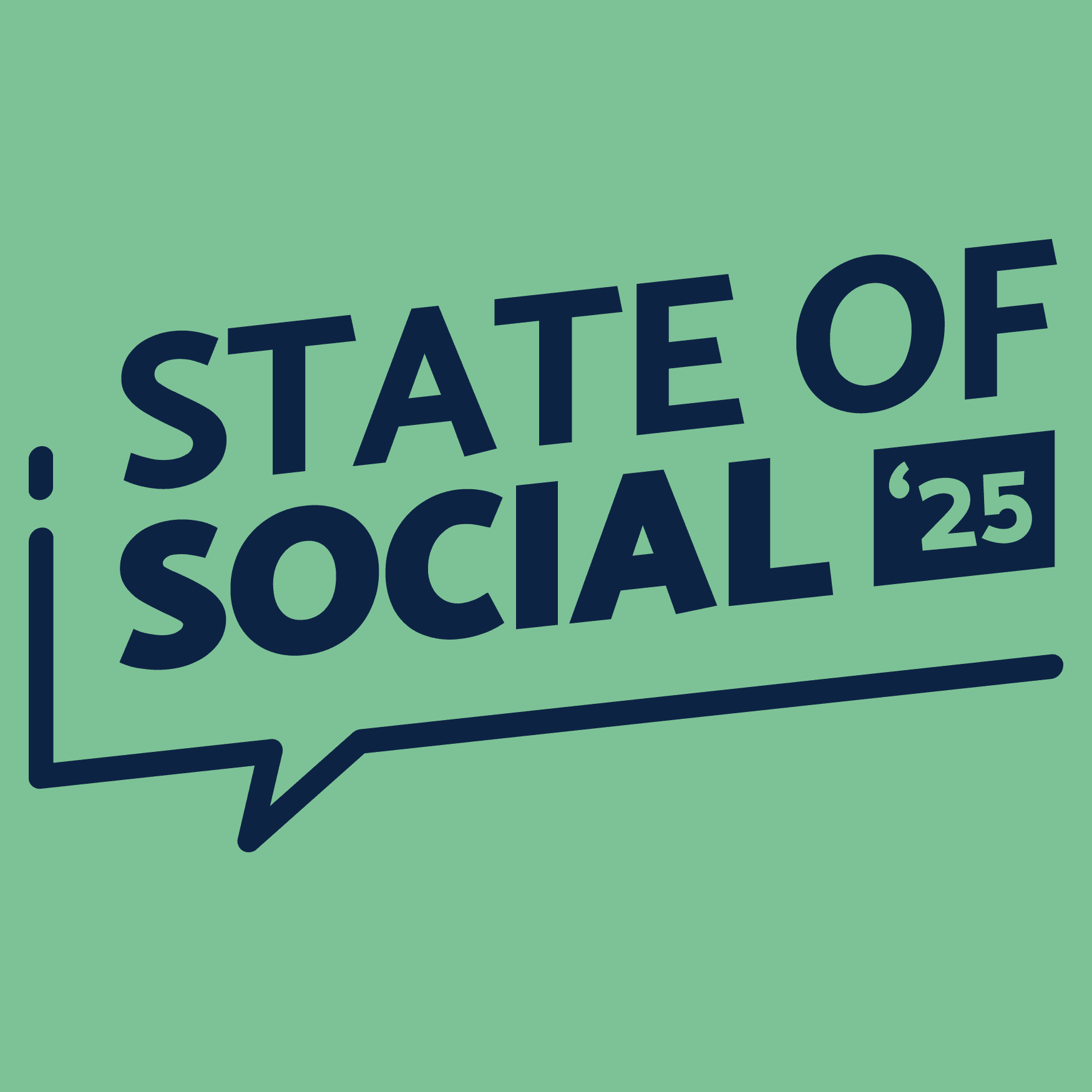Social media jargon can be one of the most alienating features of modern digital marketing. Let’s face it; social media jargon can be plain obnoxious!
Mishandled, jargon can do more harm than good; something that seems counter intuitive given professionals generally lean on jargon to demonstrate expertise.

Here are five reasons to tread lightly when using social media jargon:
- It can be alienating
Jargon has legitimate applications, but it can also quickly alienate (and annoy) anyone who is not in the know.
In a professional environment where you are trying to attract and retain clients, this alienation can be the difference between winning, losing and retaining business.
Always consider your stakeholders! Clear and simple sells; explain what you mean and apply jargon where it enhances the communication of your message.
- It can create acronym confusion
You might mean one thing with your acronym, but it might mean something completely different to your intended audience. Again, consider your stakeholders! Depending on your audience consider either dropping the use of acronyms, explain them, or use them in a context that is accessible for all concerned.
- It can create “semantic satiation”
Simply put: when you are exposed to the same term or phrase so often that it loses all meaning. Semantic satiation is a sure fire way to lose your audience completely.
- It can discredit your argument
Rather than enhancing your argument, abuse of jargon, buzzwords and technical terminology can undermine it. It also speaks to your inability to communicate clearly and can come across as inauthentic. What is to say you are not just parroting something you’ve heard elsewhere or you’re just trying to bamboozle your audience into action?
- It can undermine audience engagement
There is a significant difference between talking “at” an audience and talking “to” one. A jargon bombardment suggests you don’t really understand, or particularly care about your audience’s needs and limitations. So from here, it is fair to question how you are possibly going to meet their needs as a client.
The Solution?
Marketers need to be able to explain how social media works without relying on buzzwords and abbreviation.
It’s really communication 101: explain what you mean using language your stakeholders can understand and apply jargon only where it enhances your communication.








LET’S CONNECT